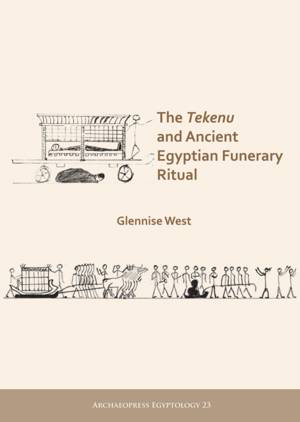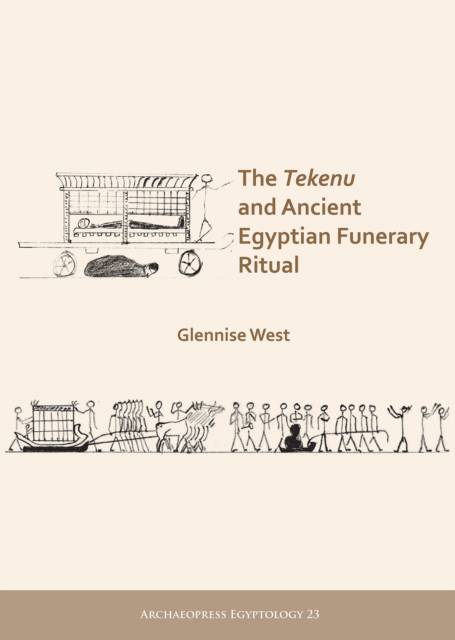
- Afhalen na 1 uur in een winkel met voorraad
- Gratis thuislevering in België vanaf € 30
- Ruim aanbod met 7 miljoen producten
- Afhalen na 1 uur in een winkel met voorraad
- Gratis thuislevering in België vanaf € 30
- Ruim aanbod met 7 miljoen producten
Zoeken
Omschrijving
What is the Tekenu? What was its function? What are its origins? These are questions upon which Egyptologists have long pondered. However, Egyptologists, until now, have avoided any major work on the topic. Previous treatments of the Tekenu largely adopt a selective approach focusing on a specific form. Rarely has the Tekenu been examined profoundly in all of its forms or contexts with its possible origins commented upon merely in passing. The aim of The Tekenu and Ancient Egyptian Funerary Ritual is to provide a provocative examination and interpretation of the Tekenu in an endeavour to proffer plausible answers hitherto eluding scholars. Attested from the Fifth Dynasty until, and including the Saite Period, the Tekenu is a puzzling icon which is depicted within the funerary scenes in the tombs of some ancient Egyptian nobles. In this work four distinct types of Tekenu are identified and classified and then a Corpus Catalogue is formed. The Tekenu is appraised within the context of the wall scene. Two tombs are dealt with in greater detail.
Specificaties
Betrokkenen
- Auteur(s):
- Uitgeverij:
Inhoud
- Aantal bladzijden:
- 312
- Taal:
- Engels
- Reeks:
Eigenschappen
- Productcode (EAN):
- 9781789691825
- Verschijningsdatum:
- 30/06/2019
- Uitvoering:
- Paperback
- Formaat:
- Trade paperback (VS)
- Afmetingen:
- 206 mm x 287 mm
- Gewicht:
- 1133 g

Alleen bij Standaard Boekhandel
+ 148 punten op je klantenkaart van Standaard Boekhandel
Beoordelingen
We publiceren alleen reviews die voldoen aan de voorwaarden voor reviews. Bekijk onze voorwaarden voor reviews.








